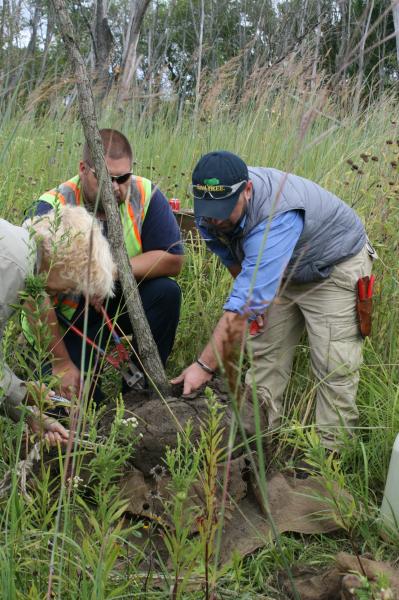City: Tampa
Country / US State / US Territory: Florida
Type of Solution: Agriculture
Climate Impact: Invasive Species and Pests
Social Value Created: Food Security and Nutrition; Living Wages
Cost: N/A
Financing: N/A
Fungus is common in Florida’s humid climate that will rot strawberries, and may become a larger problem in the future. To avoid rot, farmers overspray strawberries, costing them time and money. Additionally, the fungus may develop a resistance to the fungicide if the chemicals are sprayed too frequently. A system was developed to monitor temperature, leaf wetness, humidity and local weather to alert farmers when they should be spraying fungicide.
Improving crop yields and reducing fungicide use reduces operational costs, helping to ensure living wages for farmers. Improving crop yields also supports food security and nutrition, and reducing fungicide use reduces the environmental impact of agricultural practices. Additionally, customers have started to demand more natural strawberries, and reducing chemical use helps to meet customer expectations.
Freeman, J. (October 10, 2014). Strawberry growers reap profits with less spray, more science. NOAA Climate.gov. Retrieved from https://www.climate.gov/news-features/climate-case-studies/strawberry-growers-reap-profits-less-spray-more-science.
U.S. Climate Resilience Toolkit. (January 17, 2017). Alert system helps strawberry growers reduce costs. Retrieved from https://toolkit.climate.gov/case-studies/alert-system-helps-strawberry-growers-reduce-costs.


